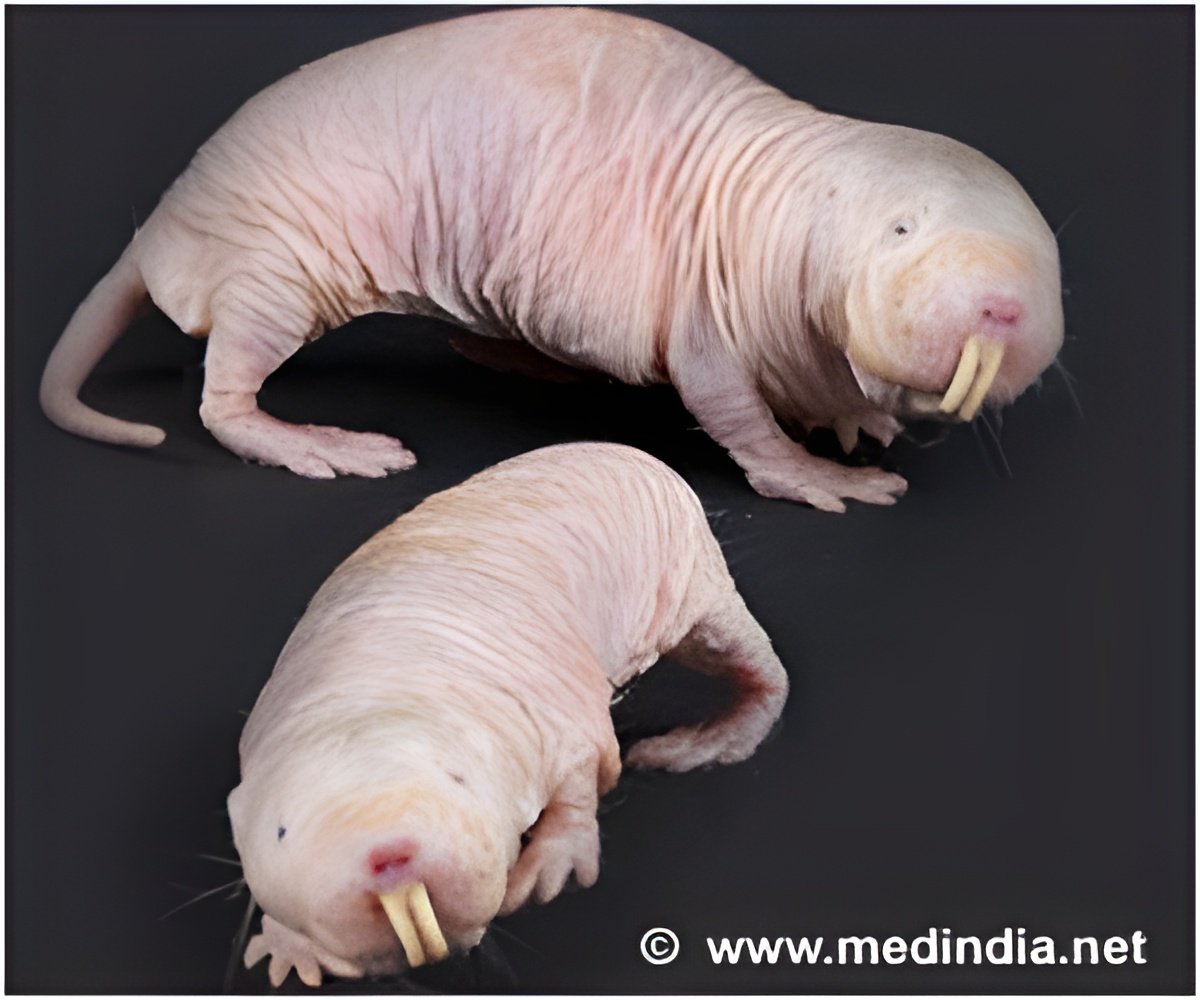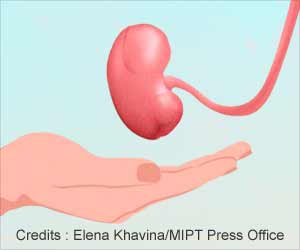Mole rats participate in a range of activities according to their age rather than specializing in certain activities like ants and termites.

‘Mole rats are generalists that participate in more or fewer community duties with a range of different activities at different stages of their lives with the contributions increasing with their age.’





Early studies suggested that non-reproducing mole rats can be divided into non-workers, infrequent workers and frequent workers, and that most individuals stay members of distinct castes for their entire lives. Individual mole rats would focus on a particular task, such as digging, nest building or colony defence, throughout their lives.Now, however, in a study published in Proceedings of the National Academy of Sciences, researchers from the Department of Zoology at the University of Cambridge have shown that in Damaraland mole rats, the contributions of individuals to cooperative activities change with age and that individual differences in behaviour that appeared to be a consequence of differences in caste are, in fact, age-related changes in behavior. Whether variation in behavior between naked mole rats is also a consequence of similar age-related changes is not known - but this seems likely.
Dr Markus Zöttl, first author of the study, explains "In some ants, aphids and termites, individuals are born into castes that fulfill certain roles, such as soldiers or workers. Initially, everyone thought that this was only found in social invertebrates, like ants and bees, but in the eighties, the discovery of the social behavior of mole rats challenged this view. Social mole rats were thought to be unique among vertebrates, in that they also had castes. To understand this fully, what we needed was long-term data on many mole rats over extended periods of their lives."
To study mole rat development in more detail, a team at Cambridge led by Professor Tim Clutton-Brock from the Department of Zoology built a laboratory in the Kalahari Desert, where Damaraland mole rats are native, and established multiple colonies of mole rats in artificial tunnel systems. Over three years, they followed the lives of several hundred individuals to document how the behavior of individuals changes as they age. All individuals were weighed and observed regularly to document their behavioral changes.
The researchers found that individual mole rats play different roles as they grow and get older. Rather than being specialists, mole rats are generalists that participate in more or fewer community duties at different stages of their lives.
Advertisement
"As Damaraland mole rats do not have castes, this may mean that castes are only found in social invertebrates and have not evolved in any vertebrates," adds Dr Zöttl. "Mole rat social organization probably has more in common with the societies of other cooperative mammals, such as meerkats and wild dogs, than with those of social insects."
Advertisement









